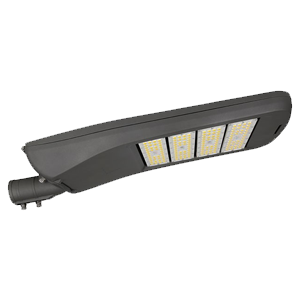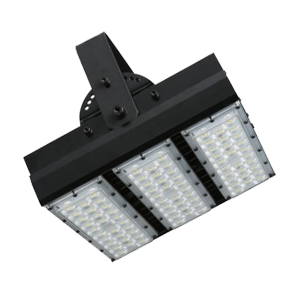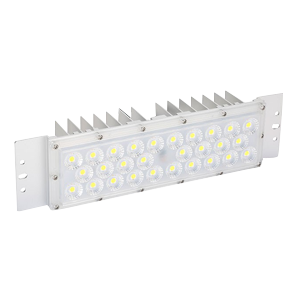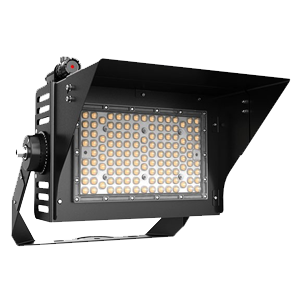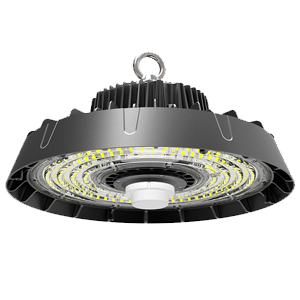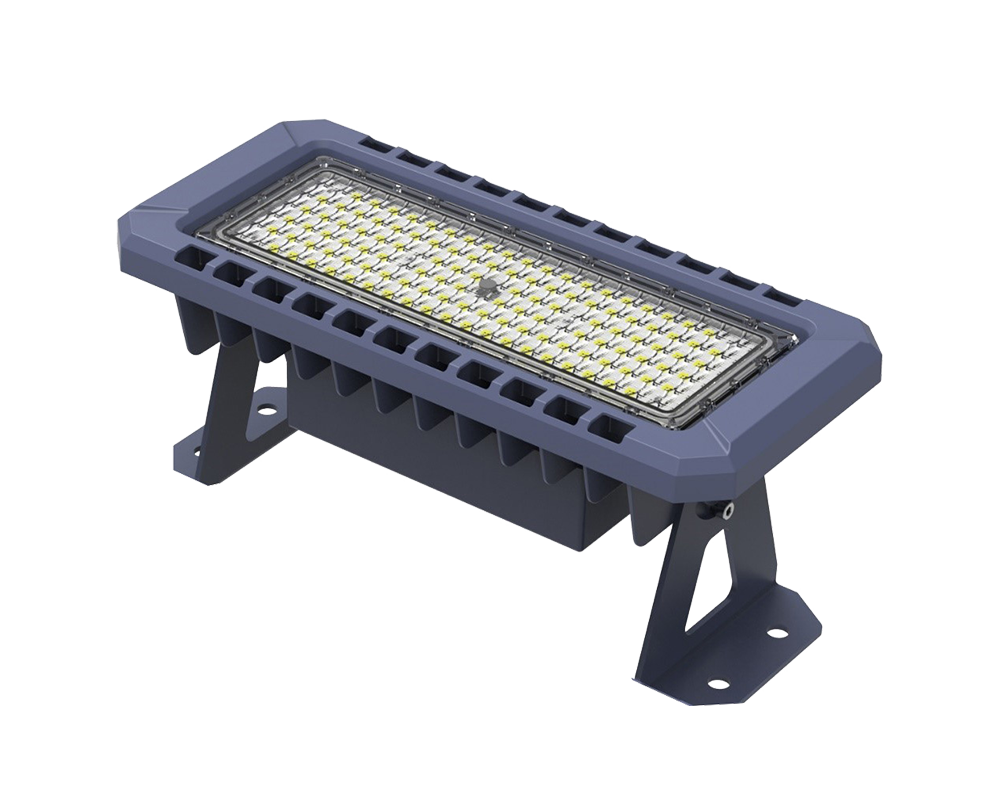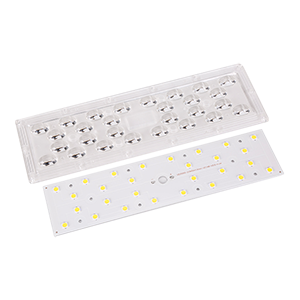Solar led street light working principle analysis
2019-12-09
Solar energy is the most direct most common and the cleanest energy on the earth, solar energy as a huge amount of renewable energy, LED spectrum is almost all concentrated in the visible spectrum, so the luminous efficiency is high, most people believe that energy-saving lamps can save 4/5 is a great initiative, but LED energy saving than energy-saving lamps 1/4, Such a good resource is a new direction for the development of our production of LED street lights. As a manufacturer specializing in the production of solar LED street lights, we will share the principle with you!
Solar LED street lighting integrates the advantages of solar energy and LED.
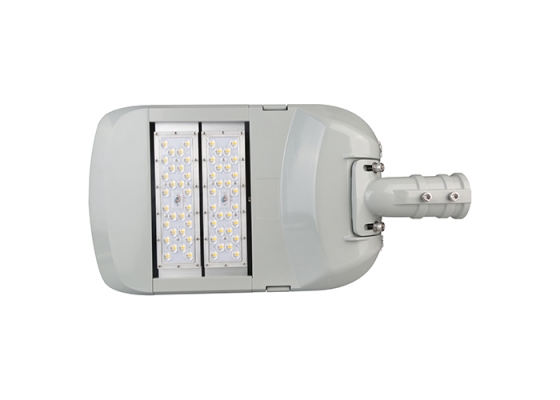
1. System introduction
1.1 Basic system components
The system is composed of a solar cell component (including a bracket), an LED lamp holder, a control box (with a controller and a battery) and a lamp pole. Solar panel light efficiency reaches 127Wp/m2, high efficiency, which is very beneficial to the wind resistance design of the system; The lamp head part uses 1W white LED and 1W yellow LED integrated on the printed circuit board as a lattice with a certain spacing as a plane light source.
The control box is made of stainless steel, beautiful and durable; A maintenance-free lead-acid battery and a charge and discharge controller are placed in the control box. The system uses valve-controlled sealed lead-acid battery, because of its little maintenance, it is also called "maintenance-free battery", which is conducive to the reduction of system maintenance costs; Charge and discharge controller in the design of a full range of functions (with light control, time control, overcharge protection, overdischarge protection and reverse protection, etc.) and cost control, to achieve a high cost performance.
1.2 Introduction to the working principle of solar led street lights
The working principle of the system is simple, the solar cell made of the photovoltaic effect principle receives solar radiation energy during the day and converts it into electrical energy output, which is stored in the battery through the charge and discharge controller. At night, when the illuminance gradually decreases to about 10lux, the solar panel open circuit voltage is about 4.5V, the charge and discharge controller detects this voltage value and then acts. The battery discharges the lamp cap. After the battery is discharged for 8.5 hours, the charge and discharge controller acts and the battery discharge ends. The main function of the charge and discharge controller is to protect the battery.

2, solar led street light system design idea
Compared with general solar lighting, the design of solar street lights has the same basic principle, but more links need to be considered. The following will take Hong Kong Zhenmingli Group Co., Ltd. of this solar LED high-power street lamp as an example, divided into several aspects to do analysis.
2.1 Selection of solar module
Design requirements: Guangzhou area, load input voltage 24V power consumption 34.5W, daily working hours 8.5h, ensure continuous rainy days 7 days.
(1) The average annual radiation amount in Guangzhou area in the past 20 years is 107.7Kcal/cm2, and the peak sunshine hours in Guangzhou area are about 3.424h by simple calculation;
⑵ Load daily power consumption = = 12.2AH
(3) The total charging current of the required solar module = 1.05×12.2×÷(3.424×0.85)=5.9A
Here, the minimum design days between the two consecutive rainy days are 20 days, 1.05 is the comprehensive loss coefficient of the solar module system, and 0.85 is the battery charging efficiency.
⑷ The minimum total power number of solar modules = 17.2×5.9 = 102W
The selection of a standard battery module with a peak output power of 110Wp and a single 55Wp should ensure the normal operation of the street lamp system in most cases in a year.
2.2 Battery Selection
The calculation of battery design capacity is simpler than the peak wattage of solar modules.
According to the above calculation, the daily power consumption of the load is 12.2AH. When the battery is full, it can work continuously for 7 rainy days, plus the first night's work, the battery capacity:
12.2×(7+1) = 97.6 (AH), using two 12V100AH batteries can meet the requirements.
2.3 Solar module support
2.3.1 Inclination design
In order for the solar module to receive as much solar radiation as possible in a year, we have to choose an optimal Angle for the solar module.
The discussion on the optimal inclination of solar modules has appeared a lot in some academic journals in recent years. The street light is used in Guangzhou area, according to the design reference in the relevant literature [1], the solar module bracket tilt Angle is selected to 16o.
2.3.2 Wind resistance design
In the solar street lamp system, a structural problem that needs great attention is wind resistance design. The wind resistance design is mainly divided into two pieces, one is the wind resistance design of the battery component bracket, and the other is the wind resistance design of the light pole. The following are analyzed according to the above two pieces.
⑴ Wind resistance design of solar cell module bracket
According to the technical parameters of the battery module manufacturer, the upwind pressure that the solar cell module can withstand is 2700Pa. If the wind resistance factor is selected as 27m/s(equivalent to a category 10 typhoon), according to non-viscous fluid dynamics, the wind pressure of the battery module is only 365Pa. Therefore, the component itself can fully withstand 27m/s wind speed without damage. Therefore, the key consideration in the design is the connection between the battery assembly bracket and the light pole.
In the design of this street lamp system, the connection between the battery assembly bracket and the light pole is designed using a bolt rod.
(2) Wind resistance design of solar LED street lamp pole
Street lamp parameters are as follows:
Panel Angle A = 16o light pole height = 5m
The weld width δ = 4mm at the bottom of the light pole = 168mm at the outside diameter of the bottom of the light pole is the failure surface of the light pole. The distance between the calculated point P of the resistance moment W of the lamp pole failure surface and the line of action F of the load of the lamp pole subjected to the panel is PQ = [5000+(168+6)/tan16o]× Sin16o = 1545mm =1.545m. Therefore, the moment of action of wind load on the failure surface of the lamp pole M = F×1.545.
According to the design maximum allowable wind speed of 27m/s, the basic load of the 2×30W double lamp head solar street lamp panel is 730N. Consider the safety factor of 1.3, F = 1.3×730 = 949N.
So, M = F×1.545 = 949×1.545 = 1466N.m.
According to mathematical derivation, the resistance moment W = π×(3r2δ+3rδ2+δ3) of the circular failure surface.
In the above formula, r is the inner diameter of the ring and δ is the width of the ring.
Failure surface resistance moment W = π×(3r2δ+3rδ2+δ3)
=π×(3×842×4+3×84×42+43)= 88768mm3
=88.768×10-6 m3
The stress caused by the moment of wind load on the failure surface = M/W
= 1466/(88.768 x 10-6) =16.5 x 106pa =16.5 Mpa<<215Mpa
Among them, 215 Mpa is the bending strength of Q235 steel.
Therefore, the width of the weld selected in the design meets the requirements, as long as the welding quality can be guaranteed, the wind resistance of the lamp pole is no problem.
2.4 led street light controller
The main function of the solar charge and discharge controller is to protect the battery. The basic functions must have overcharge protection, overdischarge protection, light control, time control and anti-reverse connection.
The general parameters of the battery protection voltage against overcharge and overdischarge are shown in Table 1. When the battery voltage reaches the set value, the circuit state is changed.
In the selection of devices, there are currently the use of single-chip computers, there are also comparators, more programs, each has its own characteristics and advantages, should be selected according to the needs of the customer base characteristics of the corresponding program, in this not a detail.

2.5 led street light surface treatment
This series of products adopts the new technology of electrostatic coating, mainly FP professional building materials coating, which can meet the requirements of customers for product surface color and environment coordination, while the product has high self-cleaning, strong corrosion resistance, aging resistance, suitable for any climate environment. The processing technology is designed on the basis of hot dip zinc coating, so that the product performance is greatly improved, to meet the most stringent requirements of AAMA2605.2005, and other indicators have reached or exceeded the relevant requirements of GB.
Solar led street light working principle analysis, the overall design basically takes into account all aspects; The peak wattage selection design and battery capacity selection design of photovoltaic modules adopt the most common design method at present, and the design idea is relatively scientific. The wind resistance design is analyzed from the battery module bracket and the lamp pole, the analysis is more comprehensive; The surface treatment adopts the most advanced technology; The overall structure of the street lamp is simple and beautiful; The actual operation proves that the matching between each link is good.


